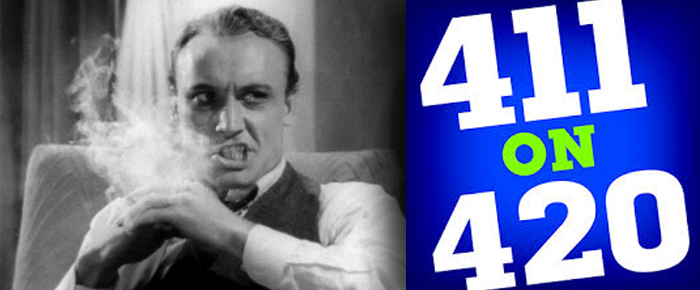
By Haddon Libby
According to the United Nations, marijuana is the most popular drug in the world. They estimate that nearly 250 million people are active users of this drug. It is most popular in Australia and New Zealand followed by the United States and Canada. In Afghanistan, marijuana recently overtook heroin as their primary cash crop.
In the United States, marijuana is the third most popular recreational drug behind alcohol and tobacco. Law enforcement efforts against marijuana cost the United States $10 billion a year while leading to 740,000 arrests.
Government surveys found that 100 million Americans have tried pot with 25 million having used it in the last year and 14 million currently using it. Other studies report that 50,000 people a year die from alcohol poisoning and 400,000 people a year die from tobacco use while there are no reported deaths from an overdose of marijuana as this drug is nontoxic.
With all of this as a backdrop, eighteen years after the legalization of marijuana for medicinal purposes, the California State Assembly is finally ready to regulate the cultivation, production and sale of marijuana.
Assembly Bill 1894 (AB 1894) creates rules to govern the medical marijuana industry. Bill author, Assemblyman Tom Ammiano of San Francisco, says “Marijuana has never been regulated…as (is) any other business.” The state left it to the cities to deal with things. “Cities and counties don’t know what to do or what they can do. Police are unsure how to respond.”
AB 1894 will create a division inside of the Department of Alcoholic Beverage Control to regulate the business. This is important as the lack of statewide regulation has meant that the federal government has occasionally come into the state to enforce federal laws as marijuana is still classified as a Schedule 1 drug alongside LSD and heroin at the federal level.
The Obama administration has made it clear that the Attorney General and Drug Enforcement Agency will be less active at enforcing federal laws against marijuana in states where there is effective oversight. Once regulation of medicinal marijuana is in place and effective, it is believed that California will move toward legalizing marijuana for recreational use as is the case in Colorado.
In Colorado, a state that legalized the use of marijuana in 2000, medicinal marijuana is not taxed while recreational marijuana receives a 27.9% state sales tax along with some local taxes. Legalization is expected to create at least $67 million in new taxes in its first year. As Colorado has approximately 1/8th the population of California, a similar tax system in our state could create $500 million a year in taxes.
People over 21 years of age in Colorado can buy up to one ounce at a time while visitors can buy no more than 1/4 of an ounce. A motorist is considered DUI if the THC level in their blood is higher than 5 nanograms. For most people, it takes three hours after lighting up and a little longer with THC-laced food to have THC levels that are considered safe for driving.
Attorney Alan Dershowitz reminds people that “The federal government still takes the position technically that you’re violating federal law if you’re complying with the state law. But the Obama administration, I believe, has recently taken a turn on its approach to drug enforcement.” That technicality is a big risk to those involved in the marijuana business as a grower or seller can be sent to jail for life under federal law. The Obama administration states that it is there intent to focus on trafficking and keeping the drug out of the hands of those under twenty-one.










































